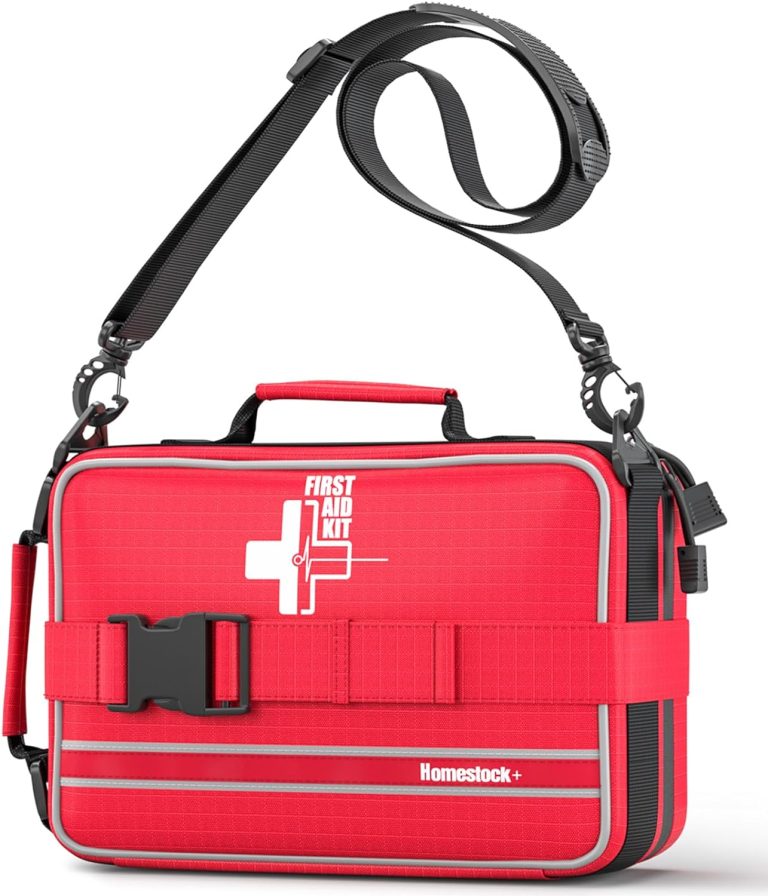Downloadable PDF: Vehicle Kit Checklist
Here’s a simple checklist that you can use to put together a vehicle preparedness kit:
Emergency Contact Information
- List of emergency contacts (family, friends, roadside assistance)
- Important medical information
First Aid Kit
- Bandages, gauze, and adhesive tape
- Antiseptic wipes
- Scissors and tweezers
- Pain relievers
- Emergency blanket
Tools and Supplies
- Multi-tool or Swiss army knife
- Duct tape
- Jumper cables
- Tire pressure gauge
- Tow rope or tow strap
- Tire repair kit (if applicable)
- Sand or cat litter (winter traction)
Basic Vehicle Maintenance
- Motor oil
- Coolant/antifreeze
- Brake fluid
- Transmission fluid (if applicable)
- Funnel and oil container
Visibility and Lighting
- Flashlight and extra batteries
- Road flares or reflective triangles
- Emergency whistle
Food and Water
- Non-perishable snacks (granola bars, nuts, etc.)
- Bottled water
- Reusable water bottles
Warmth and Shelter
- Blanket or sleeping bag
- Extra clothing (seasonally appropriate)
- Hand warmers
Communication
- Fully charged mobile phone
- Car charger or portable power bank
- Paper and pen
Navigation
- Maps of the area
- GPS device or smartphone with navigation apps
Miscellaneous
- Cash (small denominations)
- Personal hygiene items (wipes, tissues)
- Trash bags
- Emergency escape tool (seatbelt cutter and window breaker)
Important Documents
- Vehicle registration and insurance
- Personal identification (driver’s license, passport)
- Emergency contact information sheet
- Children and Pet Supplies (if applicable)
- Baby formula, diapers, and wipes
- Pet food and water
Remember to periodically check and replace items in your automotive preparedness kit to ensure they remain in good condition and are up to date. It’s also a good idea to familiarize yourself with how to use the items in your kit before you actually need them in an emergency situation.



